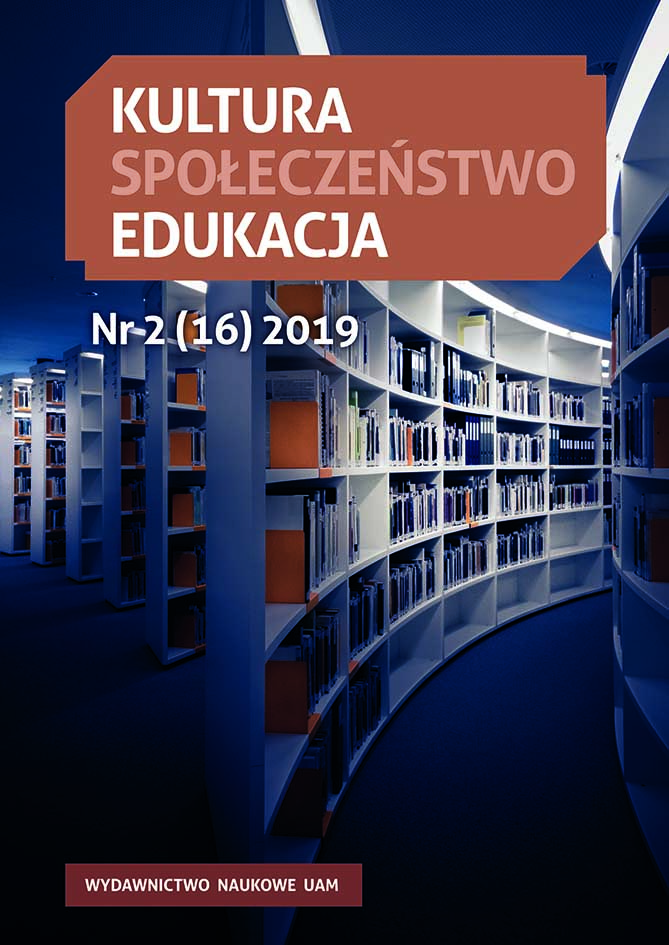Able-bodied vs. disabled people – infrahumanisation of students with disabilities (a case study)
Able-bodied vs. disabled people – infrahumanisation of students with disabilities (a case study)
Author(s): Magdalena BełzaSubject(s): Sociology
Published by: Uniwersytet Adama Mickiewicza
Keywords: disabled students; group relations; infrahumanisation; rites of passage
Summary/Abstract: The article discusses the phenomenon of infrahumanisationin academic relations between able-bodied people(both students and academics) and students with disabilities.The main goal of the article is to show that infrahumanisationmay make it difficult for young people withdisabilities to build their capital for the future in the formof interpersonal relations. The paper uses Arnold van Gennep’sconcept of the rite of passage as a model of enteringadulthood, and focuses specifically on the stage of universityeducation as the one which completes the transitioninto adulthood, and marks the beginning of a “normal” life(i.e. one consistent with social expectations). The phenomenonof infrahumanisation shown here on various levelsof academic life disrupts this process, and may hinder theinclusion/integration of disabled people into society. Therelations between disabled students and non-disabled peoplewho are part of the academic community in which thestudents operate may, however, also bridge the distancebetween the two groups, and thus contribute to paving theway to a respectful society, i.e. the way of equality.
Journal: Kultura - Społeczeństwo - Edukacja
- Issue Year: 2019
- Issue No: 2
- Page Range: 71-83
- Page Count: 13
- Language: English

